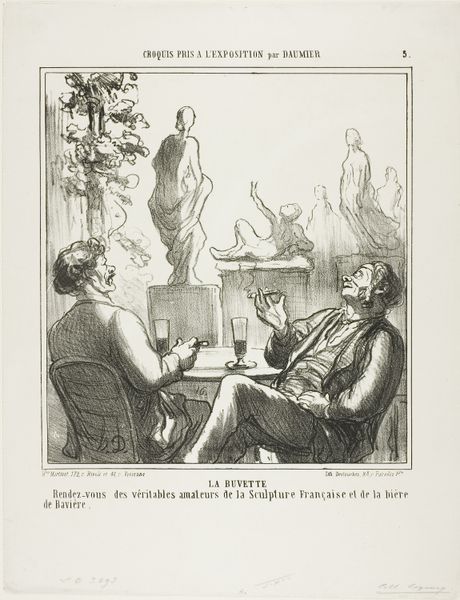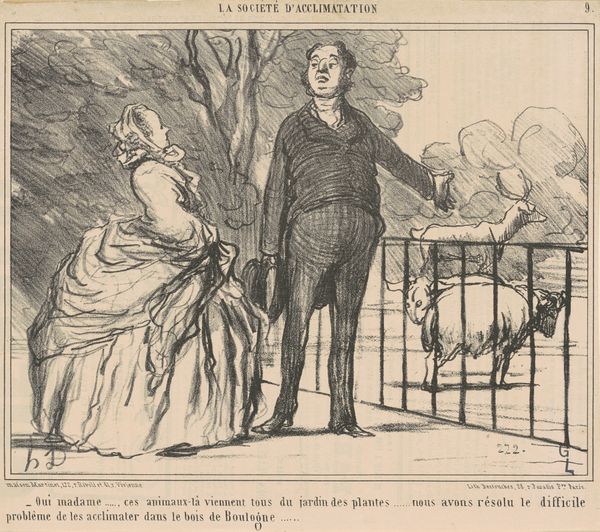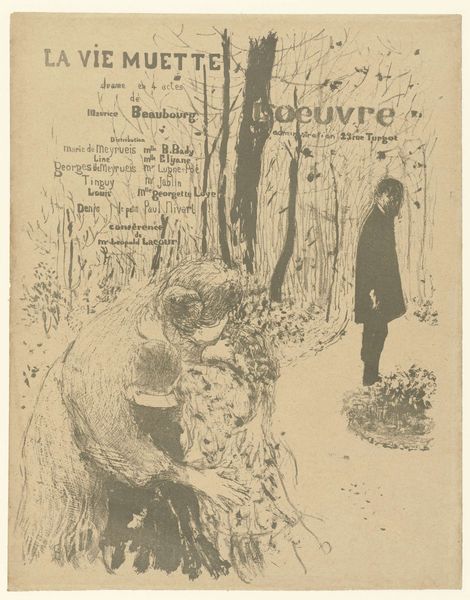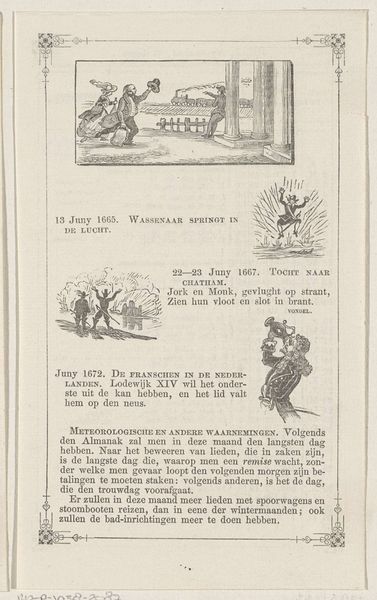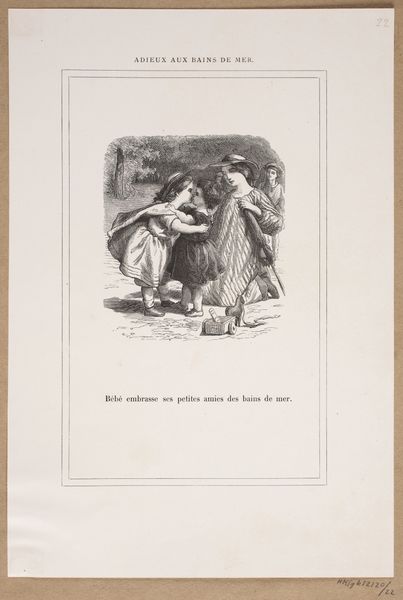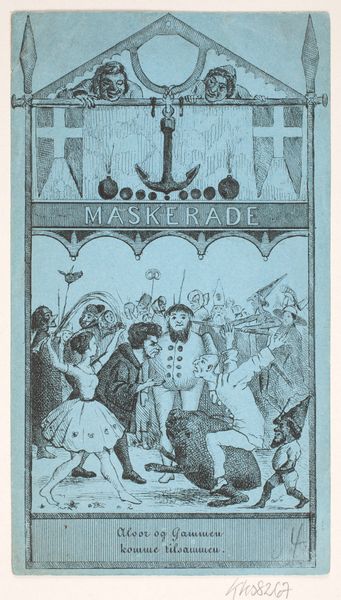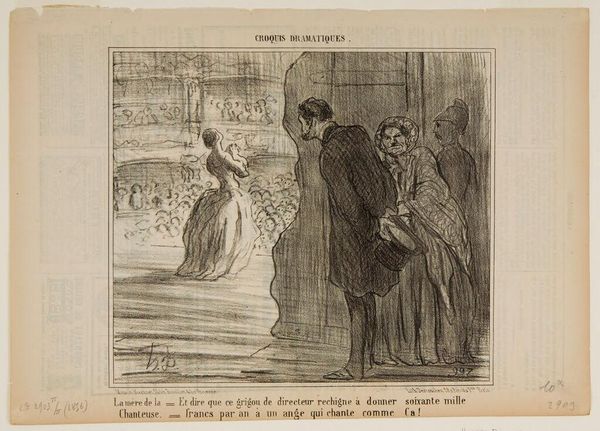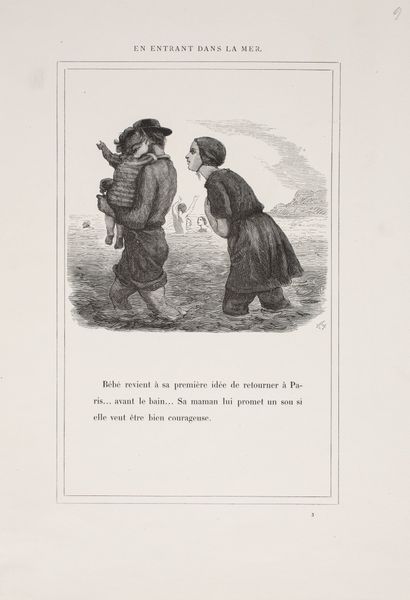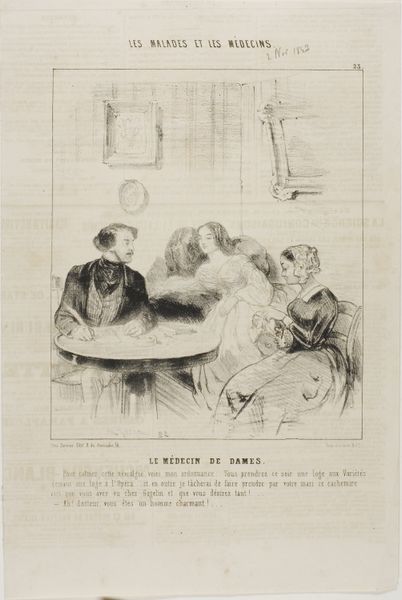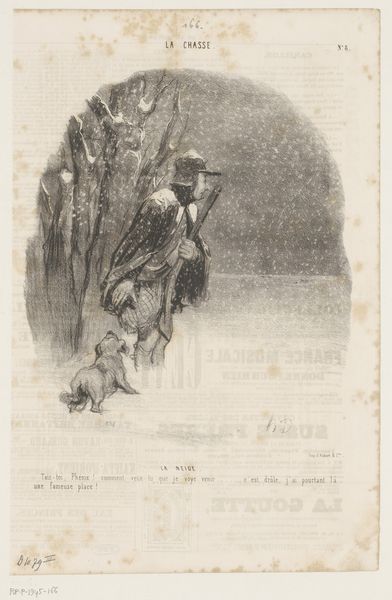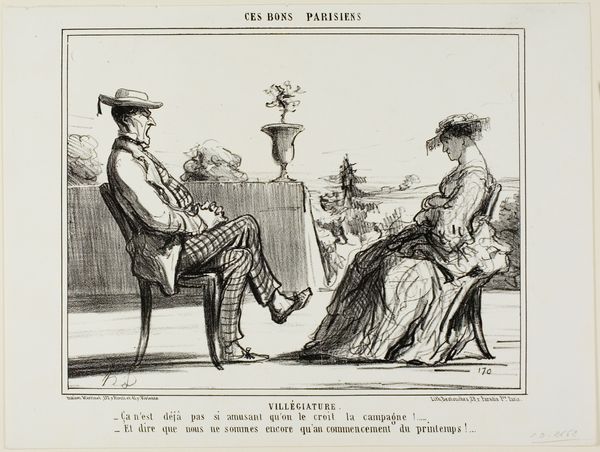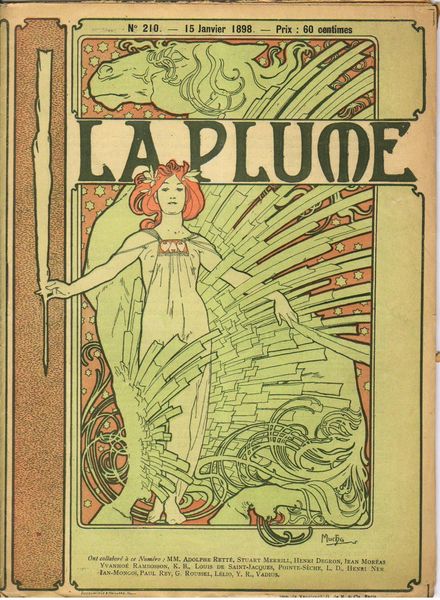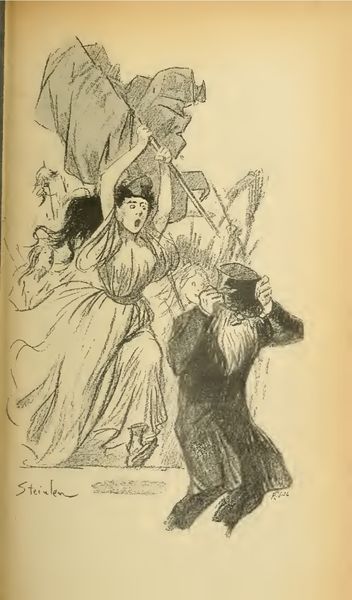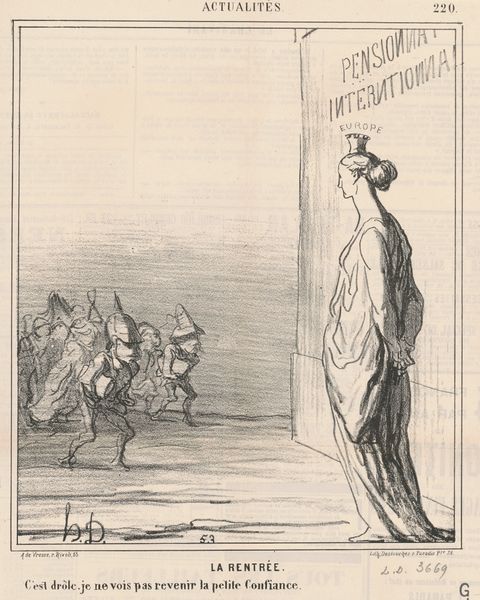
Dimensions: sheet: 32.4 x 20.9 cm (12 3/4 x 8 1/4 in.)
Copyright: National Gallery of Art: CC0 1.0
Editor: This is "Le Volant," a lithograph poster created in 1895 by Ker Xavier Roussel. I'm immediately struck by the muted color palette and the impressionistic rendering of the figures and landscape. It's hard to ignore the connection between this piece as advertisement, poster and art. What catches your eye in this work? Curator: This poster really encapsulates the dynamic between artistic expression and commercial utility at the turn of the century. Consider the process: Roussel, an artist associated with high art, creates a lithograph, typically associated with printmaking for mass consumption. This particular print advertises a conference and play, blurring the lines between art and advertisement. Look closely at the labor involved – the physical creation of the lithographic stone, the printing process. The materials themselves, the paper, the ink, were becoming more readily available and affordable at this time due to industrial production. Does the inherent accessibility change how we percieve this art object, today? Editor: Absolutely, it makes you wonder about the intended audience. Was it meant for the elite, appreciating the art within the poster, or for the general public, simply seeking information about the performance? Curator: Exactly. It's difficult to separate these elements, and that's precisely what interests me. Furthermore, who owned this poster and what did it mean for them to own one? The means of production, and reproduction for that matter, really influence our interpretation of Roussel’s intention, if intention is a reasonable framework for considering art in general. Editor: It's fascinating to consider how the democratization of art materials and the rise of advertising intertwined during this period, shifting the perceived value and purpose of art. Curator: Precisely. It compels us to see “high” art as a complex web of labor, industry, and societal needs, not just aesthetic achievement. We’re only scratching the surface here but that framework allows us to further engage with the socio-economic contexts of the print.
Comments
No comments
Be the first to comment and join the conversation on the ultimate creative platform.
